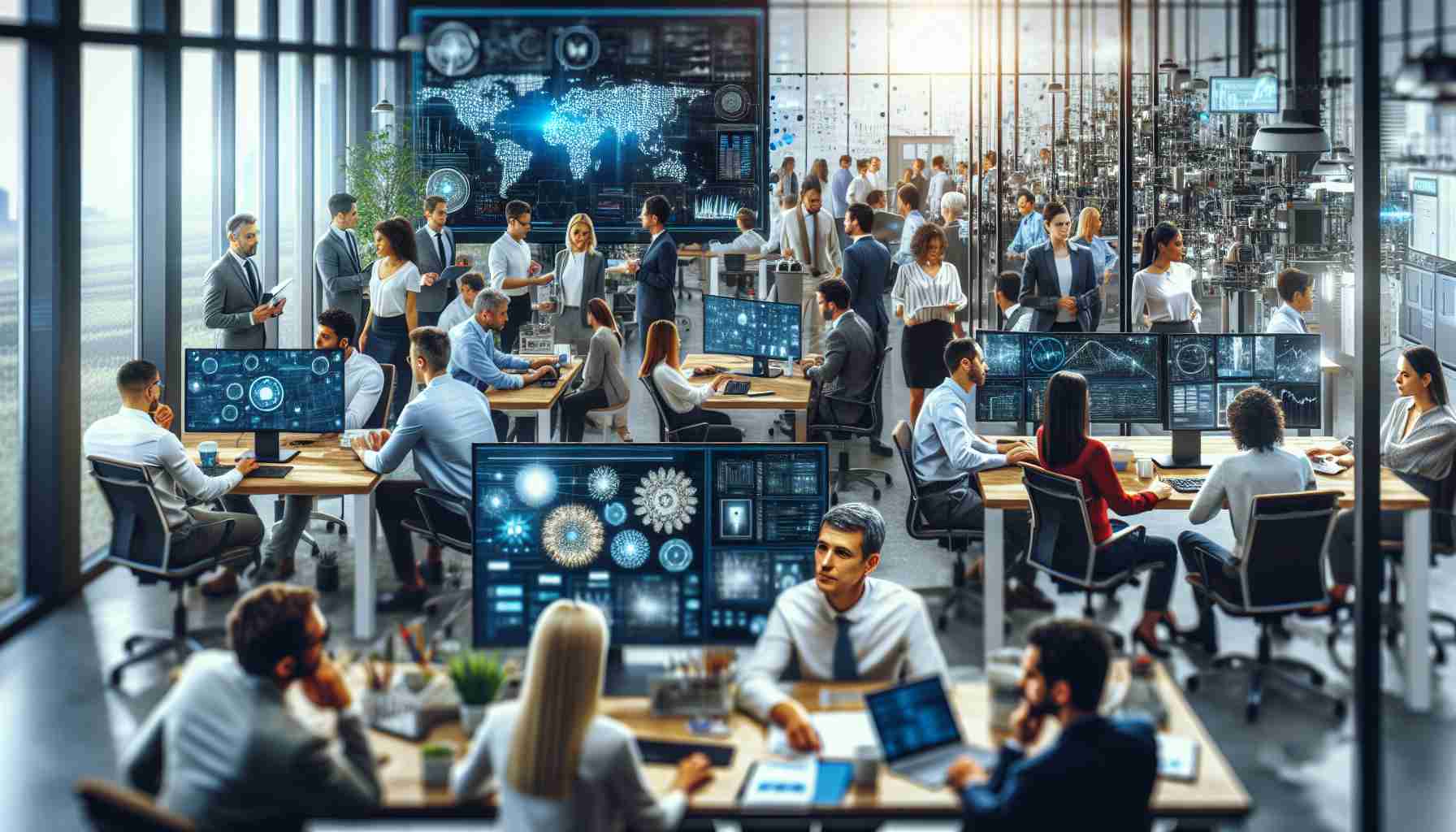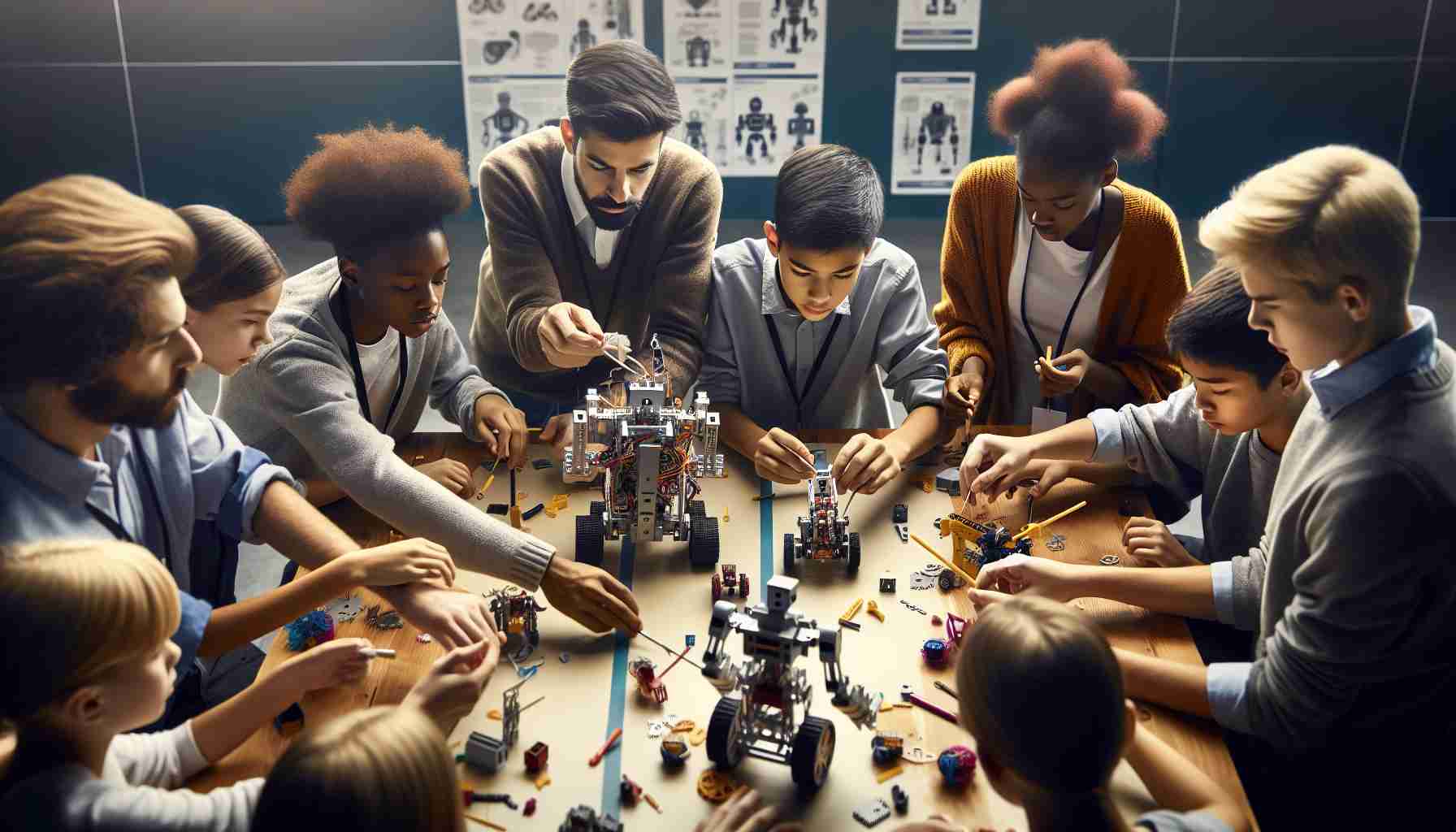Tesla Unveils Humanoid Robot at AI Conference
Tesla has recently introduced its second-generation humanoid robot, dubbed Optimus, at the World Artificial Intelligence Conference held in Shanghai on July 4. The robot showcases advanced features and cutting-edge technology in the field of robotics.
Revolutionizing Human-Robot Interaction
Despite being stationary and non-interactive at the exhibition, Optimus captivated the audience with its impressive neural network and computer vision technology developed by Tesla. These advancements allow the robot to handle a wide range of tasks efficiently, positioning it as a pioneer in the future of humanoid robotics.
Empowering Innovation and Accessibility
Elon Musk, the CEO of Tesla, highlighted the potential impact of humanoid robots on the company’s market value, projecting a significant increase in the near future. Tesla’s decision to advertise Optimus on China’s social media platform Weibo aims to involve the public in witnessing the next evolution of humanoid robots.
Diverse Range of Robotics Solutions
Apart from Tesla, local exhibitors like Fourier, Tlibot, Dataa Robotics, and others showcased their humanoid robot products at the event. While these robots have found applications in education, entertainment, healthcare, elderly care, and manufacturing, they are still in the research and development phase with no substantial revenue generation.
Challenges and Opportunities in Robotics Development
Engineering experts acknowledge the promising future of AI-driven humanoid robots but highlight the cost as a major barrier to large-scale implementation. While some robots can cost up to 1 million RMB (approximately $70,000), Tesla plans to offer Optimus at a significantly lower price point of $30,000, revolutionizing the accessibility of advanced robotics technology.
Exploring the Uncharted Territory of Robotics Innovation
As the realm of artificial intelligence and robotics continues to expand, new breakthroughs and innovations are constantly reshaping the landscape of technology. Beyond the current advancements showcased by Tesla and other companies, what are some key questions that arise in this new era of artificial intelligence and robotics development?
One pressing question is the ethical implications surrounding the use of humanoid robots in various industries. How will society navigate the integration of these advanced technologies into everyday life while ensuring ethical and responsible practices are upheld? Are there regulatory frameworks in place to address potential concerns related to privacy, security, and safety?
Another crucial consideration is the impact of automation on the workforce. With the rise of AI-driven robotics solutions, what are the potential effects on job displacement and the need for upskilling the workforce to adapt to a more automated environment? How can companies and governments collaborate to mitigate these challenges and ensure a smooth transition in the workforce?
Moreover, as robotics technology becomes more sophisticated and accessible, what are the key challenges that developers and engineers face in creating robots that can effectively interact with and assist humans in diverse settings? How can advancements in AI and machine learning contribute to enhancing the capabilities of humanoid robots while ensuring they remain user-friendly and safe for interaction?
Advantages and Disadvantages of Advancing Robotics Technology
The advancement of robotics technology offers numerous advantages, such as increased efficiency, productivity, and the ability to perform tasks that may be dangerous or tedious for humans. Humanoid robots can revolutionize industries ranging from healthcare to manufacturing, streamlining processes and improving overall outcomes.
However, with these advancements come inherent disadvantages and challenges. One significant concern is the potential loss of jobs due to automation, leading to economic disruptions and social consequences. Additionally, the reliance on AI-driven robotics may raise uncertainties about data security, algorithm biases, and the potential misuse of advanced technologies.
Key Links for Further Insights
For more information on the latest developments in artificial intelligence and robotics, visit the main domain of the Robotics Online website. Explore cutting-edge research, industry trends, and expert opinions on the future of robotics technology. Engage with a diverse community of professionals passionate about advancing the field of robotics.






















